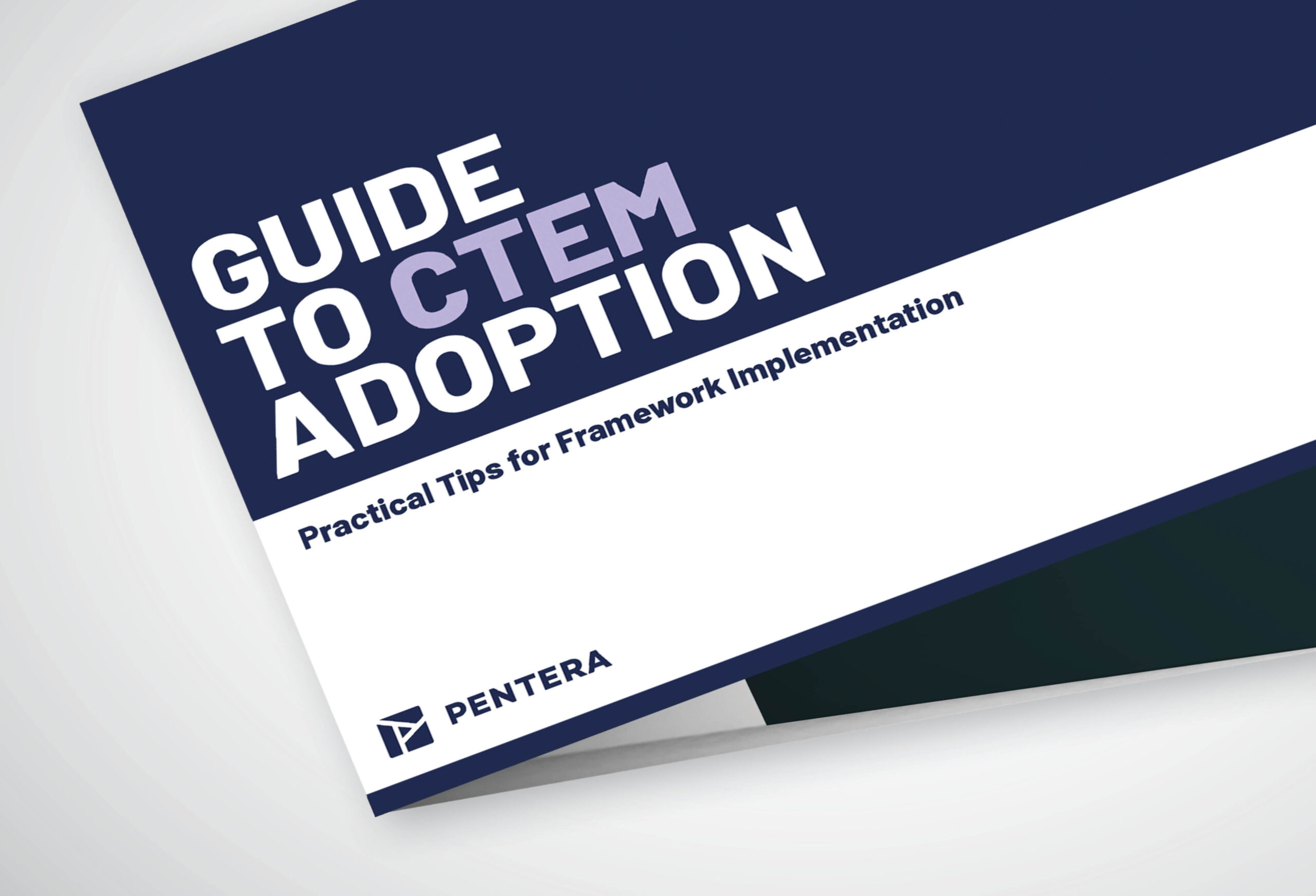What is Credential Stuffing?
Credential stuffing is a cyberattack method where adversaries use stolen username and password combinations, often obtained from data breaches, to gain unauthorized access to user accounts. Attackers leverage automated tools to test large volumes of credentials across multiple platforms, exploiting the widespread practice of password reuse.
Why is Credential Stuffing a Threat?
Credential stuffing poses a significant risk to organizations and individuals by exploiting a basic security flaw: the reuse of passwords. Attackers rely on the availability of stolen credentials from breaches, testing them across services to compromise accounts. This attack can lead to data breaches, identity theft, financial fraud, and more.
How Does It Work?
- Credential Acquisition: Stolen login credentials are gathered from breaches or purchased on dark web marketplaces.
- Automation Tools: Attackers use bots to automate login attempts, testing stolen credentials on various platforms.
- Account Compromise: Reused passwords allow attackers to gain unauthorized access to multiple accounts using the same login details.
Examples of Attacks
- Streaming Services: Unauthorized access to accounts like Netflix or Spotify, allowing attackers to sell account access or stream content.
- E-Commerce Platforms: Exploiting user accounts to make fraudulent purchases or steal stored payment information.
- Enterprise Networks: Using compromised credentials to infiltrate corporate systems, often as a precursor to ransomware attacks.
How to Detect and Prevent Credential Stuffing
Detection Techniques
- Monitor Login Attempts: Identify unusual patterns like spikes in failed logins.
- Analyze IP Activity: Detect distributed attacks originating from multiple IPs.
- Use Machine Learning: Employ behavioral analytics to distinguish bots from legitimate users.
Prevention Strategies
- Enforce Multi-Factor Authentication (MFA): Adds a layer of verification beyond passwords.
- Adopt Strong Password Practices: Encourage users to create unique passwords for each account.
- Implement CAPTCHAs: Prevent automated login attempts by introducing bot-detection challenges.
- Use Breach Detection Services: Alert users when their credentials appear in breach databases.
- Employ Rate Limiting: Restrict the number of login attempts per IP address or account.
Credential Stuffing vs. Other Cyberattacks
| Attack Type | Credential Stuffing | Brute Force Attacks | Password Spraying |
| Methodology | Uses stolen credentials from breaches | Tries all possible password combinations | Tests common passwords across multiple accounts |
| Automation | Relies on bots/scripts for large-scale testing | Computational power to brute force | Automated tools to test a small set of common passwords |
| Target | Exploits password reuse across platforms | Exploits weak passwords or lack of complexity | Exploits accounts with weak or default passwords |
Learn about automated attack emulation for credential stuffing detection.
Frequently asked questions
What makes credential stuffing different from brute force attacks?
Credential stuffing uses valid, stolen credentials, while brute force attacks guess all possible password combinations for an account.
How do attackers obtain credentials for credential stuffing?
Credentials are typically obtained from data breaches or sold on dark web marketplaces.
What industries are most affected by credential stuffing?
E-commerce, financial services, and streaming platforms are frequent targets due to the sensitive information stored in user accounts.
Can credential stuffing be prevented entirely?
While it’s difficult to eliminate the risk, multi-factor authentication and monitoring significantly reduce the likelihood of successful attacks.
Automate penetration testing.
Improve your security with automated penetration tests.


